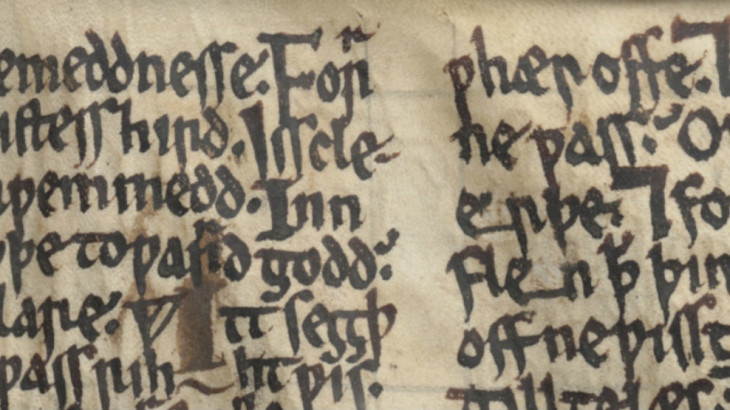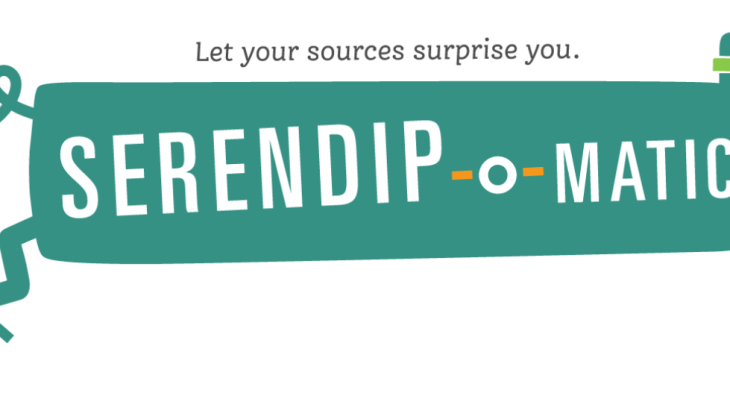This post is a follow-up to last year’s How to Create Topic Clouds with Lexos, where I showed how Lexos can be used to visualise topic models produced by Mallet. From time to time, colleagues have wondered whether it would be possible to use Lexos to perform cluster analysis on the topics Mallet produces. The motivation for doing this is simple enough; topics are often very similar, and it would be useful to have some statistical measure of this similarity to help us decide where groups of topics really should be interpreted under some meta-class. Some added urgency has arisen in discussions for the 4Humanities WhatEvery1Says Project, which is topic modelling a large collection of public discourse about the Humanities. We’ve begun considering whether doing cluster analysis on topic models can help us to refine our experiments.
The first step is finding a way to massage the Mallet data into a form we can submit to clustering algorithms. Lexos already transforms Mallet output into a topic-term matrix, which is then used to make word clouds using the top 100 words in each topic. Essentially, the topics are treated just like text documents (or at least slices of them).… Read more…


